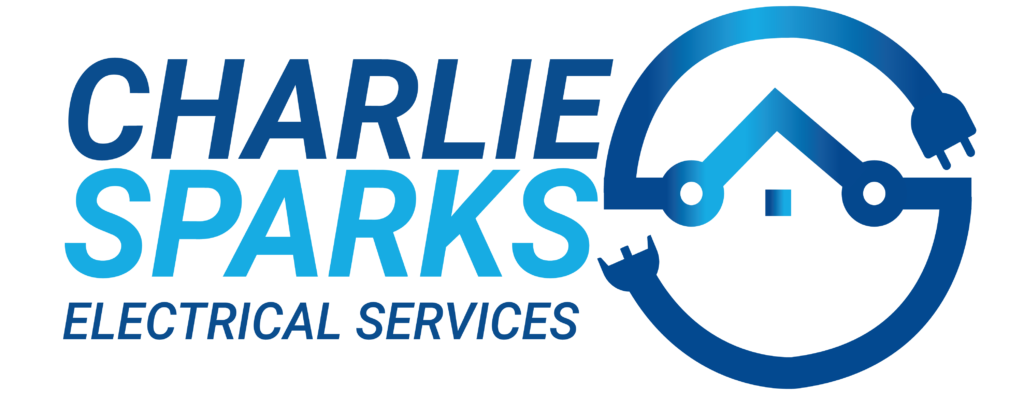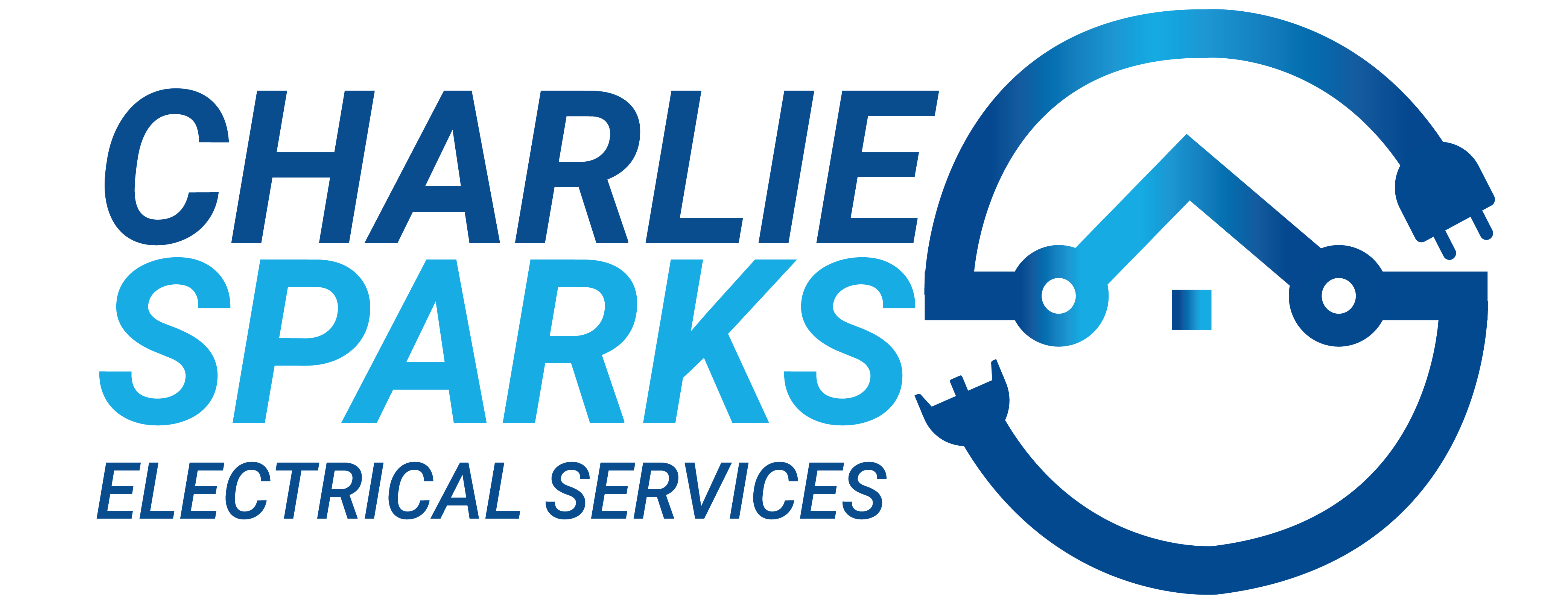Solar power will provide you with low electricity bills for decades, but it poses one major challenge: how do you get the cash to buy it?
The cost of a decent-sized (6.6kW), good-quality home solar power system typically costs you many dollars.
It makes sense to finance your solar system or buy it on credit.
Despite our desire to have tiny power bills, we are also very careful not to get into debt. Interest on debt increases our living expenses.
To find the most favorable deal, you need to shop around for not only the solar panel system but also for the financing. Your solar deal will determine whether the system saves you money or costs you.
Here are a few Residential Solar Financing methods for financing solar power systems:
Green Loans
Customers who purchase environmentally friendly products, such as solar panels, batteries, and hot water systems, can apply for green loans. There is generally less interest on green loans and fewer fees than on personal loans, but be sure to read the fine print.
A green loan is widely considered one of the best options if you cannot afford to pay cash upfront.
Generally, green loans come with some pretty strict eligibility requirements. Loans from some institutions are only available to borrowers with good credit scores and approved solar products.
Loans for Solar Energy at No Interest
Despite interest-free loans, suppliers and installers typically increase quoted system prices by 15% to 25% to cover the finance company’s merchant fees. The result of interest-free loans is that customers will often pay considerably more when they don’t pay interest.
The approval rates of no-interest solar financiers are generally much higher than those of average lenders. Poor credit may preclude you from getting a low-cost green or personal loan, so you may only be able to get an interest-free loan.
Getting a Personal Loan
The safest and most reliable way to finance a solar system is to take out a personal loan. Depending on the purpose of your loan, some lenders may offer you a better deal if you shop around.
Optimistic people may benefit from a higher interest rate, which could entice them to pay off their loans sooner. The approval process for a personal loan is also quicker than for a green loan.
Invest in Solar Power
With mortgage rates at historic lows, a solar system can be financed by borrowing more against your home. A mortgage takes a long time to pay off, and adding more debt could leave you paying more for solar over the loan’s term.
If you plan to pay off solar this way, you should seek independent financial advice or have a good understanding of your finances before making a decision.
Leasing Solar Panels
In this case, you lease the system from the leasing company until the balance is fully paid over the term of the lease agreement.
Leasing solar panels differ from borrowing them in that you don’t own them until they’re paid off.
The panels cannot be easily removed and reused if you relocate, so you’ll have to pay the outstanding balance and take ownership of the system.
In most cases, solar leasing is advertised as having low monthly payments compared to the savings you’d make with renewable energy.
While it’s an appealing proposition, customers should keep an eye on the interest rate. Occasionally, solar leases have high-interest rates, which can hurt your pocketbook in the long run.
Arrangements for the Purchase of Solar Energy
An operator installs solar panels on your roof free of cost as part of a solar power purchase arrangement (PPA). As a result, the operator retains ownership of the solar panels, and you buy solar power from these panels at a lower rate.
When solar PPAs first emerged, they generated a lot of excitement, however, they have since been found to have some critical issues. Having said that, the biggest problem is that PPA only works if you can use or store all the solar power. A feed-in tariff is paid if solar power isn’t used immediately. Solar power costs 18c/kWh, but if your feed-in tariff is 10c/kWh, you’re essentially losing 8c/kWh.
Solar Financing: What's the smart way to go?
The most appropriate way to finance solar will depend on your circumstances, and it’s ultimately up to you to decide. Low-interest green loans are a suitable alternative to personal loans.
There are no guarantees that solar will save you money, but it can be a wise investment. A poor credit score might not make it worthwhile to risk a substandard loan deal to get financing.




